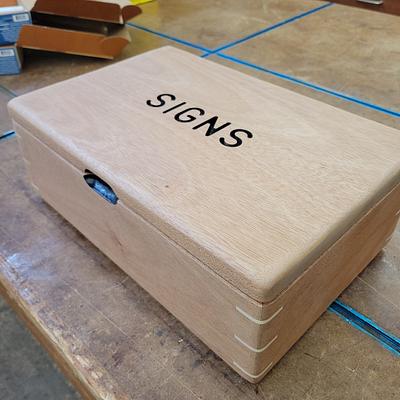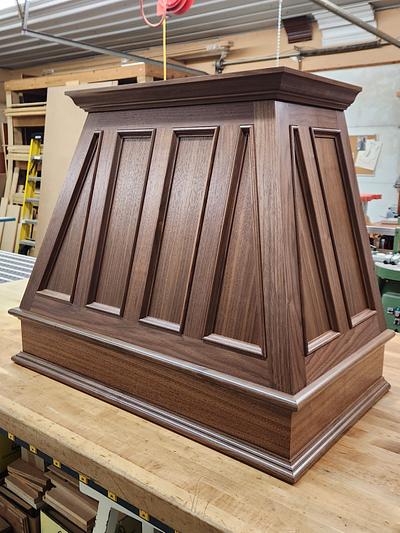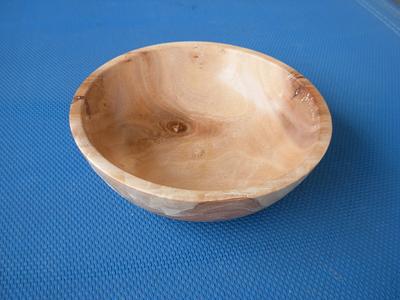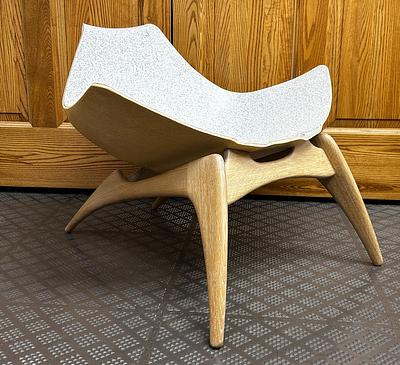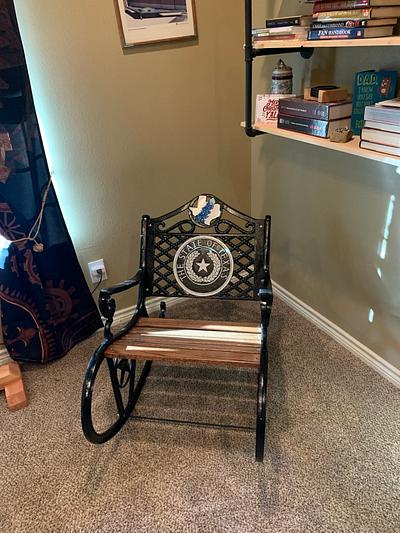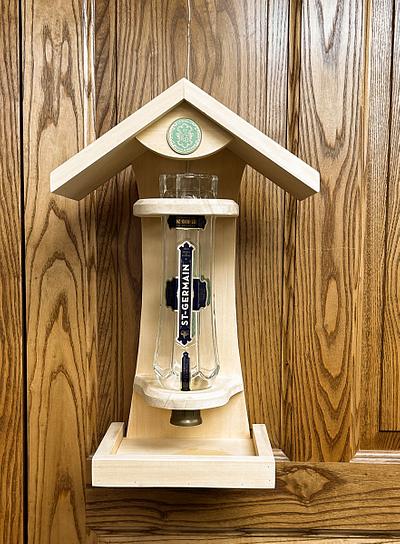Share your craft projects
Make new craft buddies
Ask craft questions
Blog your craft journey
A Quick Introduction to Woodworking for Beginners
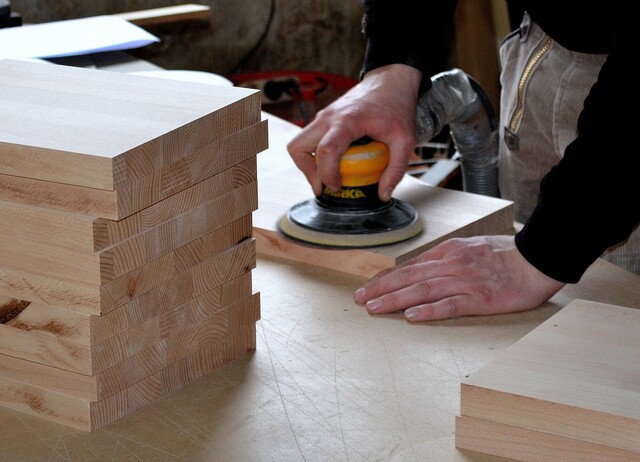
As of 2023, the market size of the Woodworking Machinery Manufacturing industry stands at $941.7m in terms of revenue.
Have you ever considered taking up woodworking as a new hobby? Or even as a potential career?
Woodworking is a creative and fulfilling activity. It allows you to create beautiful and functional pieces of furniture and decor.
Whether you're a complete beginner or have some experience with woodworking, there's always more to learn.
In this blog post, we'll provide a quick introduction to woodworking for beginners, covering the essential tools, terminology, and tips you'll need to get started.
What Is Woodworking?
Woodworking is the craft of creating objects out of wood. It's been around for thousands of years. It is still popular today as a hobby and profession. Woodworking can involve making:
- Furniture
- Cabinets
- Decorative objects
It's a versatile skill that you can use to create functional and beautiful objects.
Common Woodworking Terms
Woodworking involves a variety of techniques to transform wood into beautiful and functional objects. Here are some common techniques that you should know.
Jointing
This is an important woodworking technique that involves joining two pieces of wood together to make them stronger. Jointing is essential for making furniture, cabinets, and other wooden objects that need to be sturdy and long-lasting.
The most common types of joints used in woodworking include
- Butt joints
- Lap joints
- Mortise and tenon joints.
Routing
This is a technique for shaping wood using a router tool. Routing is a versatile technique that you can use to create many different types of objects. This tool can
- Cut decorative edges
- Make grooves
- Create intricate designs
Sawing
Sawing is the process of cutting wood using a saw. Sawing is one of the most fundamental woodworking techniques. It cuts wood to size and shape for many different projects.
There are many types of saws that you can use for different woodworking tasks, including
- Hand saws
- Circular saws
- Jigsaws.
Drilling
Drilling is the process of making holes in wood using a drill tool. Drilling is often used to attach hardware to wood, such as screws or hinges. It can also be used for decorative purposes, such as creating a hole for a candlestick holder.
Gluing
Gluing is the process of bonding two pieces of wood together using an adhesive. There are many types of wood glue available, including white glue, yellow glue, and epoxy. Gluing is an important woodworking technique that creates strong and long-lasting joints between pieces of wood.
Sanding
This technique smooths and finishes wood. It involves using sandpaper or a sanding machine to remove any rough spots or imperfections on the surface of the wood. Sanding is an important step in preparing wood for finishing.
Finishing
The final step in the woodworking process is finishing. It involves applying a coating or treatment to the wood to protect it and enhance its appearance. There are many different types of finishes available, including:
- Paint
- Stain
- Varnish
Woodworking Tools
Woodworking requires a variety of tools to help turn raw wood into beautiful finished products. Here are some of the most common woodworking tools and their uses.
Hand Tools
Hand tools are essential for every woodworker, and they come in many different types. Some common hand tools include hammers, chisels, hand saws, and planes. Hand tools are versatile and can serve a variety of woodworking tasks, from shaping the wood to cutting joints.
Power Tools
Power tools are electric or battery-operated tools that make woodworking faster and easier. Some common power tools include table saws, miter saws, routers, and drills. Power tools are essential for woodworking professionals who need to complete large projects.
Measuring and Marking Tools
Accurate measurements are crucial for woodworking projects to turn out well. Some common measuring and marking tools include rulers, squares, levels, and marking gauges. These tools provide accurate measurement and marking of the wood before cutting or shaping.
Clamping and Holding Tools
Clamps and holding tools are used to hold the wood in place while you work on it. Some common clamping and holding tools include bar clamps, pipe clamps, and vises. These tools are essential for keeping wood steady while you cut, drill, or sand it.
Sharpening Tools
Sharp tools are essential for woodworking, and sharpening tools help keep them that way. Some common sharpening tools include sharpening stones, honing guides, and sharpening jigs. These tools help to keep woodworking tools, such as chisels and hand planes, sharp and ready for use.
Safety Tools
Woodworking can be dangerous, so safety tools are essential. Some common safety tools include safety glasses, dust masks, and hearing protection. These tools protect your eyes, lungs, and ears while you work with wood.
Woodworking for Beginners
Whether you are a beginner or a seasoned woodworker, there are always tips and tricks that can help make your woodworking projects more successful.
Here are some woodworking tips to keep in mind:
Start with a Simple Project
If you are new to woodworking, start with a simple project that you can complete in a day or two. This will help you get familiar with the tools and techniques before you tackle more complicated projects.
Measure Twice, Cut Once
This is an old adage, but it still holds true. Take your time and measure your wood carefully before making any cuts. This will help ensure that your pieces fit together well.
Practice Good Safety Habits
Woodworking can be dangerous, so it is important to practice good safety habits. Wear safety glasses, ear protection, and a dust mask, and be careful when using power tools.
Use High-Quality Materials
The quality of the wood you use will affect the quality of your finished project. Use high-quality materials that are free of knots and defects for the best results.
Keep Your Tools Sharp
Sharp tools make woodworking easier and safer. Keep your tools sharp by sharpening them regularly or taking them to a professional for sharpening.
Sand Your Project Well
Sanding your project well before applying the finish can make a big difference in the final result. Use progressively finer grits of sandpaper to achieve a smooth finish.
Use the Right Finish
Choosing the right finish for your project is important. Some finishes, like oil-based finishes, provide a durable finish but take longer to dry. Water-based finishes dry faster but may not be as durable.
Start Your Woodworking Journey Today
Woodworking for beginners is a fascinating and rewarding activity that anyone can enjoy. With the right tools, techniques, and tips, you can create beautiful and functional pieces that will last for years to come.
Whether you're interested in woodworking as a new hobby or a potential career, there's no better time to get started than now. So, why not take the first step and begin your woodworking journey today?
And for those who are already passionate about a woodworking hobby, be sure to check out Craftisian, a community of woodworkers. There you can share your projects, learn new skills, and connect with other like-minded individuals.









